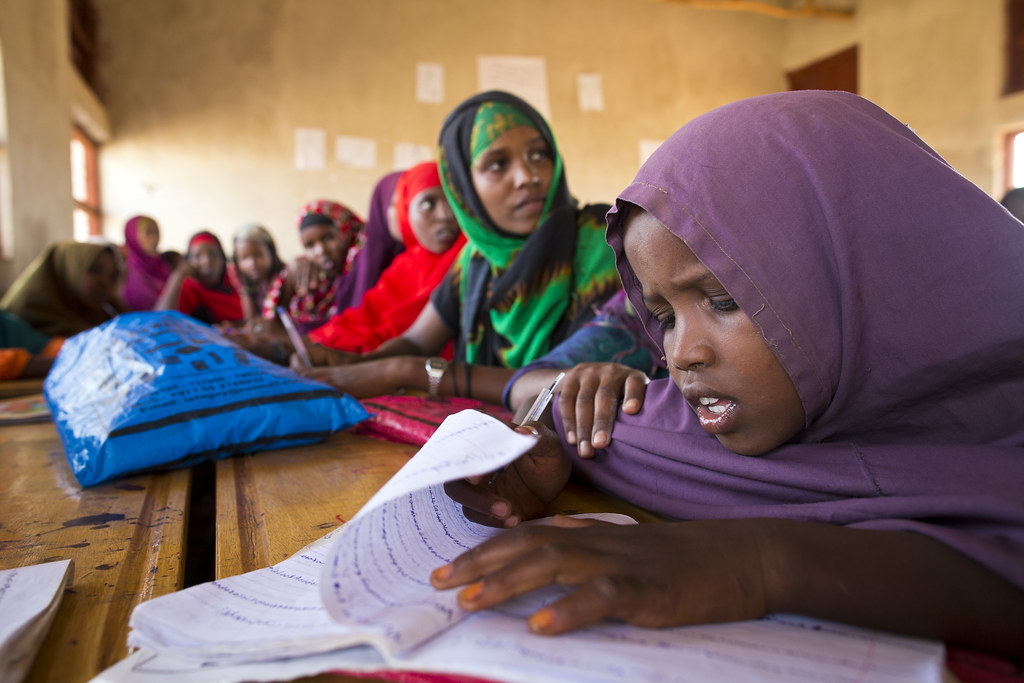Prioritising the ‘Right to Education’ in Emergencies: Reducing the Distance Between Human Rights Mechanisms and Rights Holders
by Christopher Henderson, Moira V. Faul & Alison Joyner
Published by: Frontiers in Education
Efforts to decolonise education in emergencies—by including marginalised groups and knowledge in research and policy making and shifting decision-making from Global North metropoles—are more than an academic endeavor. They are fundamental to reducing the distance between those who manage and fund human rights mechanisms and the children, youth, and teachers affected by crises, whose right to a safe and quality education they aim to protect. We argue that the geographic and economic, political and relational distance of humanitarian decision-makers and donors from people affected by crises, including perpetrators and survivors of violence or disasters, contributes to the distancing of children and teachers from their right to education. Human rights institutions remain remote in the minds of leaders—such as education authorities—in emergencies and protracted crises, who are rendered more peripheral and vulnerable by their exclusion from the very mechanisms that should support them. Reducing this gap is essential to reducing inequalities and upholding the right to education in contexts affected by conflict, climate-related disaster, and/or forced displacement.
Citation: Henderson C, Faul MV and Joyner A (2025) Prioritising the ‘right to education’ in emergencies: reducing the distance between human rights mechanisms and rights holders. Front. Educ. 10:1621082. doi: 10.3389/feduc.2025.1621082

